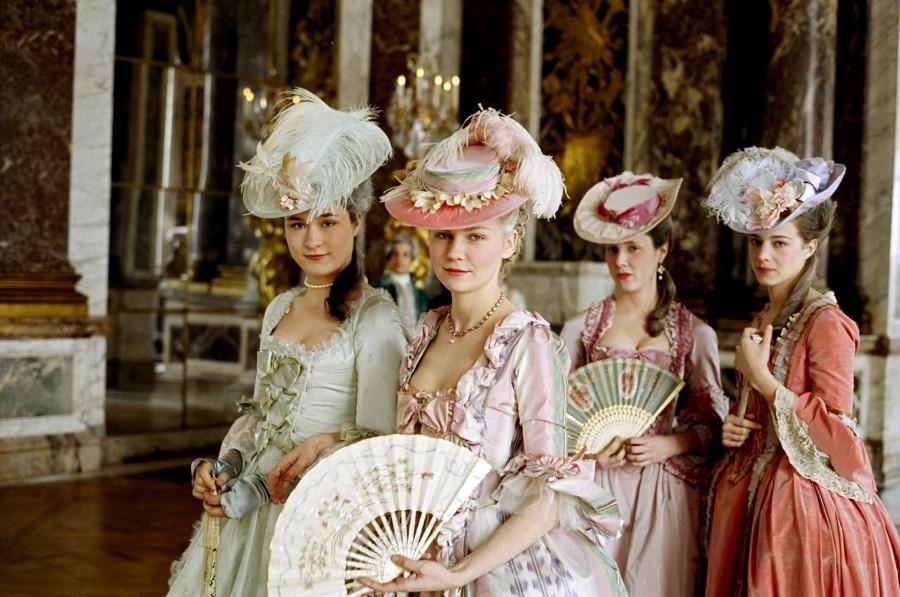The Beauty of Period Dramas
September 16, 2015
It all began during fifth grade, at the height of the “Twilight” series fan-girl craze. While my friends were writing their names alongside Edward Cullen’s, I had the name of a very different fictional dream man scribbled all over my notebook: Fitzwilliam Darcy. I was only 11, barely old enough to understand the language of Jane Austen’s beloved novel, but after one viewing of the 2005 film, I was hooked on “Pride and Prejudice,” and completely dedicated to my beloved, Mr. Darcy.
“Pride and Prejudice” was the first step to my obsession with period dramas, (films set in a different time period, usually many years ago) but before I learned about the other masterpieces of the genre, it was the only film that I could watch over and over again, and still be enchanted with each viewing. I’m not sure which aspect of the film drew me in first, the gorgeous cinematography of the English countryside, the extravagance of Mr. Darcy’s home, Pemberley, or Matthew Macfadyen’s stormy gaze. I still discover new things to love about the film, even after seeing it over 20 times.
Though “P&P” will always be my favorite, I seem to love almost every period drama that I come across. From “Sense and Sensibility” and “Jane Eyre,” to Baz Luhrmann’s million dollar blockbuster, “The Great Gatsby,” period dramas have a way of hypnotizing me. There’s something about a film that has the capability to take me away from my computer screen, and transport me to an English manor in the 1800s. Period dramas may not be relatable, but they’re certainly a form of magic.
While I know many people that would die for a replica of the dress worn by Disney’s “Cinderella,” I would much rather have a full costume worn by Kirsten Dunst in Sofia Coppola’s film, “Marie Antoinette.” One of the most important jobs on the set of a period drama film is held by the costume department. Down to the corsets, the costumes of these films must be accurate enough to convincingly portray a time period, and flashy enough to catch the attention of their modern viewers. “Marie Antoinette” is an excellent example of this; Dunst parades around Versailles in ball gowns adorned with gold and lace, and powdered wigs of ridiculous heights, yet it is the most aesthetically pleasing movie that I have ever seen. No modern day character could ever achieve such rococo perfection.
Although I often fantasize about waltzing about my house in an 18th century gown, petticoat and all, there is another aspect of period films that I love even more; the leading men. Period drama men are beyond dreamy, they are romantic, heroic, and actually know how to express themselves. What person wouldn’t want to be told, “I love you, most ardently,” by my husband Mr. Darcy, or “you transfix me quite,” by the incredibly handsome Mr. Rochester? Modern day leading men may chase their true love through an airport, but I would take Mr. Darcy over Channing Tatum any day.









